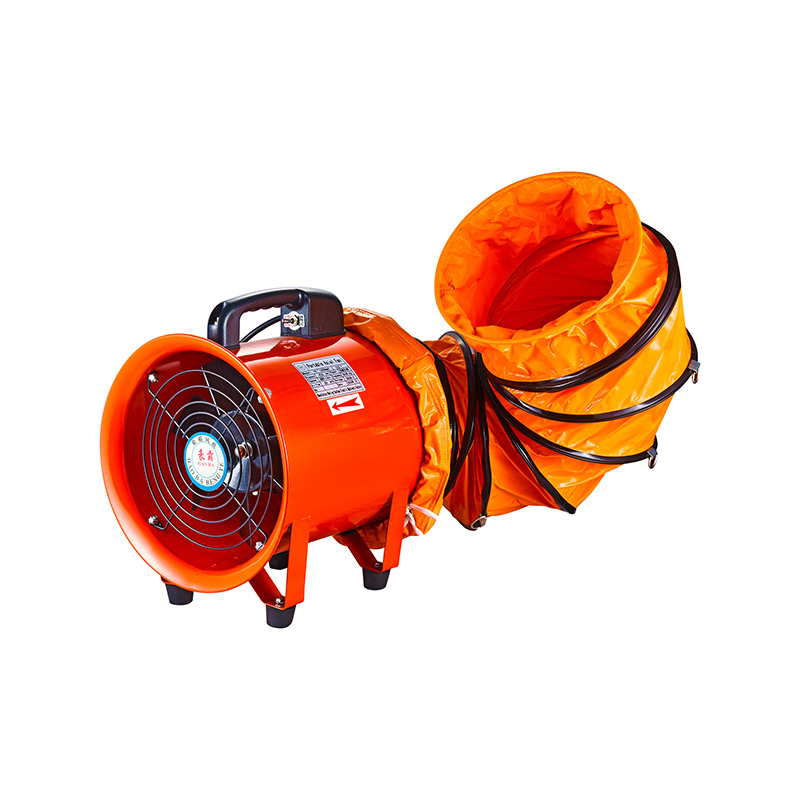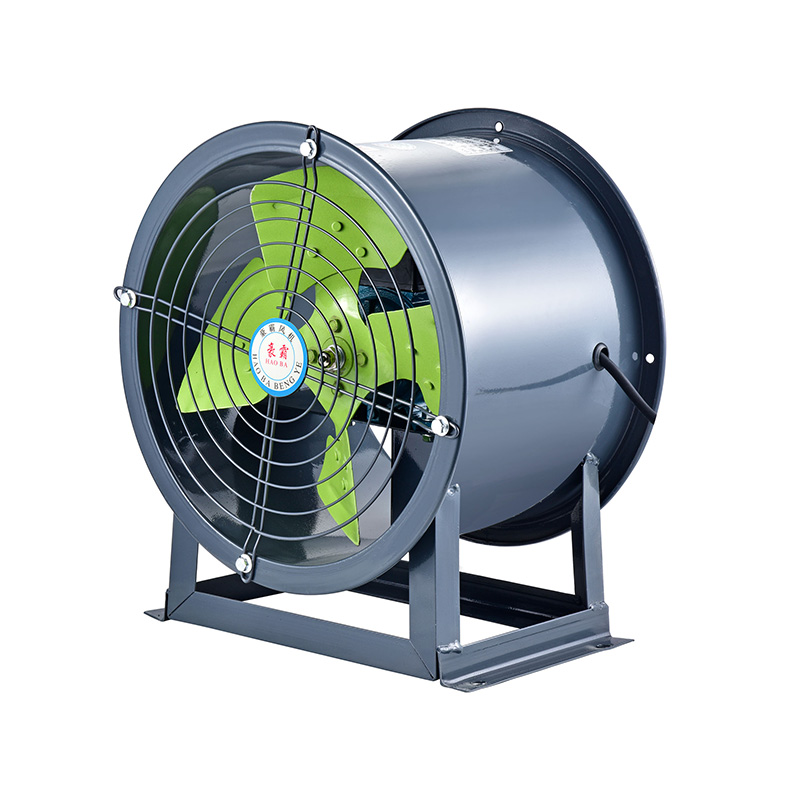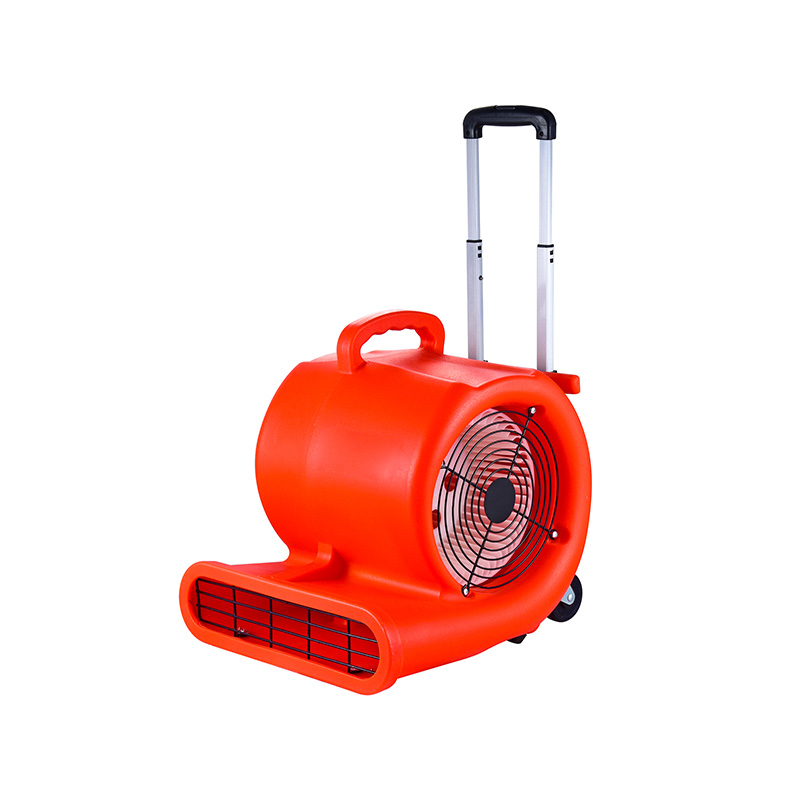How To Balance A Fan Impeller Correctly
2025-07-08
Balancing a fan impeller is a critical step to ensure smooth operation and prolonged service life of various types of fans, including in line mixed flow fans, boiler blowers, and impeller centrifugal fans. An unbalanced impeller can cause excessive vibration, noise, premature bearing wear, and even damage to the motor or fan housing. Whether you work with an in line mixed flow fan or a heavy-duty boiler blower, understanding the principles and procedures to balance an impeller correctly will help maintain system reliability and efficiency.

The one point to understand is why impeller balance matters. An impeller consists of blades or vanes attached to a central hub, and these blades need to be evenly weighted. If one side of the impeller is heavier than the other, it creates centrifugal forces during rotation that lead to imbalance. This imbalance causes vibration that stresses mechanical components, resulting in operational problems over time. This is true for impeller centrifugal fans used in many industrial applications, as well as for more specialized equipment like boiler blowers.
When working with an in line mixed flow fan, the balance process typically begins with a visual inspection. Look for any obvious damage, such as bent or cracked blades, accumulated dirt, or buildup on one side of the impeller. Even a small amount of debris can throw the balance off, so cleaning the impeller thoroughly before any measurement is essential. This step also applies to boiler blowers and impeller centrifugal fans, where the operating environment might expose the impeller to dust, soot, or other contaminants.
Once the impeller is clean, the next step is to measure its balance. This can be done using a static balance test or a dynamic balancing machine, depending on the size and complexity of the fan. For smaller impellers, static balancing involves placing the impeller on a set of knife edges or low-friction bearings, allowing it to rotate freely. The heavy side will naturally settle at the bottom, indicating where weight correction is needed. For larger impeller centrifugal fans and boiler blowers, dynamic balancing machines provide a more accurate assessment by spinning the impeller at operational speeds and detecting imbalance forces.
After identifying the heavy side of an in line mixed flow fan impeller, corrective action involves either adding weight to the lighter side or removing material from the heavier side. Adding weight is usually done by attaching small balancing weights to the blades or the hub. Removing material can be achieved by grinding or drilling a small portion from the heavier area. Care must be taken to ensure the modification does not damage the structural integrity or aerodynamic profile of the impeller blades. This procedure is also common when balancing impeller centrifugal fans, where precise corrections help less vibration at high speeds.
Balancing an impeller correctly means repeating the measurement and correction process until the imbalance is within acceptable limits specified by the fan manufacturer or relevant industry standards. For boiler blowers, maintaining strict balance is especially important due to the high temperatures and harsh operating conditions, which can amplify the negative effects of imbalance. In line mixed flow fans and impeller centrifugal fans, achieving a close balance reduces noise and energy loss, contributing to smoother and quieter operation.
In addition to balancing during manufacturing or repair, regular monitoring and maintenance can help detect imbalance early. Vibration analysis tools are widely used to monitor fan performance in real-time. Sudden increases in vibration levels often indicate an imbalance caused by blade damage, dirt accumulation, or bearing wear. Timely cleaning and rebalancing of the impeller on in line mixed flow fans, boiler blowers, or impeller centrifugal fans can prevent costly downtime and extend equipment life.
It’s also important to consider the installation environment when balancing a fan impeller. Improper mounting or misalignment of the fan shaft can introduce forces that mimic imbalance symptoms. Always ensure that the fan housing, shaft, and motor are correctly aligned and secured before performing balance adjustments. For boiler blowers, where the fan is often integrated into complex systems, verifying these factors is essential to avoid repeated balancing efforts.
When working on an impeller centrifugal fan, the choice of balancing method might also depend on whether the fan is single or double inlet. Single inlet fans typically have more straightforward balancing procedures due to simpler blade arrangements. Double inlet fans and in line mixed flow fans may require more careful balancing due to symmetrical blade placement and complex flow patterns. Consulting technical documentation for specific guidance on each fan type helps achieve accurate results.
In summary, balancing a fan impeller correctly is vital for the reliable operation of equipment such as in line mixed flow fans, boiler blowers, and impeller centrifugal fans. The process involves cleaning, inspecting, measuring imbalance, making precise corrections, and verifying results through repeated tests. Regular maintenance and vibration monitoring complement these efforts, helping to identify imbalance before it causes damage. Paying close attention to installation and alignment also supports successful balancing.
By following these practical steps and understanding the importance of balancing, you can improve the operational efficiency and lifespan of your fan systems, whether they are in line mixed flow fans used in HVAC, boiler blowers in industrial settings, or impeller centrifugal fans handling various airflows. Proper balance reduces vibration, lowers noise, protects bearings, and ensures smooth, energy-efficient performance.

 English
English русский
русский عربى
عربى









